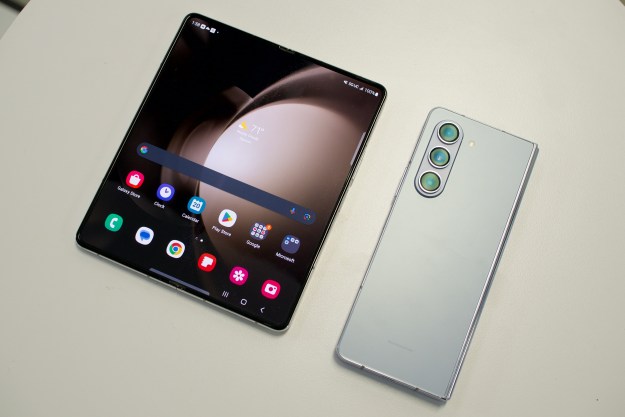
Even the humble goldfish puts us to shame — It can maintain an estimated attention span of nine seconds. The overwhelming amount of digital stimulation that we receive in our modern day to day lives has reached levels never before seen, or even truly anticipated. The constant barrage of information has us dizzy from diverting our attention in ten different directions.
The 54-page report, focused in Canada, reads, “Canadians [who were tested] with more digital lifestyles (those who consume more media, are multi-screeners, social media enthusiasts, or earlier adopters of technology) struggle to focus in environments where prolonged attention is needed.”
This is a familiar tune for anybody who has participated in a conversation on child attention issues in school, or knows how hard it is to keep on task while at work. While there are certainly legitimate medial reasons for a low attention span, such as child or adult diagnosed with ADHD, our devices have made us that much more ill-prepared to concentrate.
Interestingly, the study points out an increase in efficiency in certain areas. It reads, “While digital lifestyles decrease sustained attention overall, it’s only true in the long-term. Early adopters and heavy social media users front load their attention and have more intermittent bursts of high attention. They’re better at identifying what they want/don’t want to engage with and need less to process and commit things to memory.”
True enough — In the time it takes Neptune the goldfish to swim around his bowl 5 times, we’ve likely checked our phones twice.



